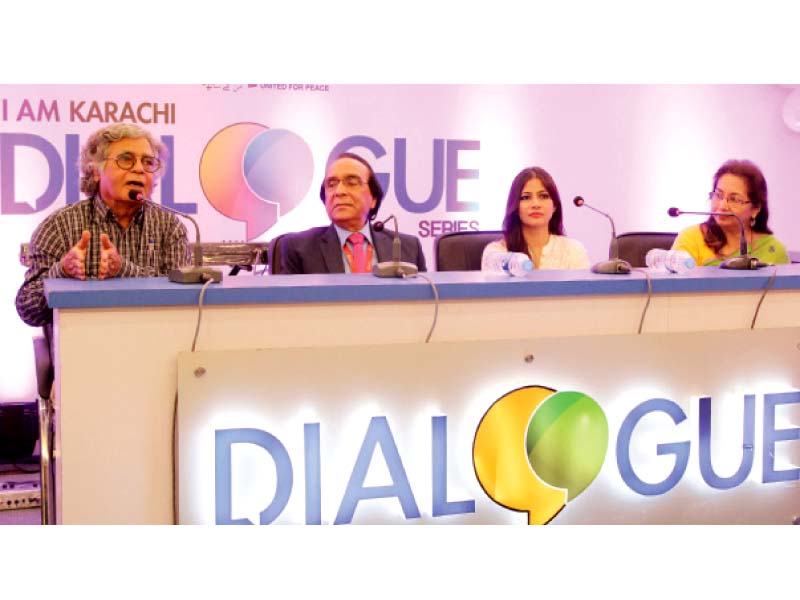
This was shared by writer Rumana Husain while discussing the history of the city at the fifth ‘Dialogue’ session, organised by ‘I Am Karachi’ in association with the Express Media Group at Indus University on Tuesday.
According to Husain, the population of Karachi was 14,000 in 1848. “Hindus were the largest ethnic group in Karachi for a long time,” she said. “This doesn’t mean that Hindus alone were responsible for building Karachi into a vibrant city. In fact, all ethnic groups, including Muslims, Hindus, Christians, Jews and Parsis, have equally played their part in making Karachi a diverse city.”
She cited examples to highlight the role of people belonging to different ethnic backgrounds in the development of Karachi’s heritage. “Many historic buildings of Karachi, such as the BVS Parsi High School in Saddar, Mules Mansion in Keamari and Edward House on Victoria Road, were designed by Moses Somake,” she said. “It may be surprising to many people that Moses Somake was a Jew.”
Talking about diversity, journalist and session moderator Ghazi Salahuddin said that Karachi is becoming a monolithic society with the passage of time. “Diversity of a city stirs creativity among its people,” he said. “A pluralistic society is potentially more successful than a monolithic society.”
According to him, the diversity of ideas and professions is very important for a society to grow intellectually. “The loss of intellectual capacity will eventually plague our society,” he said.
Sadaf Mahmood, an enterprise development strategist at Social Entrepreneurship and Equity Development, said that the people of Karachi don’t acknowledge their heritage. “Heritage doesn’t include buildings and monuments alone,” she said. “It also includes people and old trees around the corners of the streets. You don’t have to belong to a certain age group to preserve the heritage of Karachi. You just have to be bold enough to take the first step.”
She shared that there are nearly 3,500 heritage buildings in Karachi, out of which around 1,800 are listed. She added that I Am Karachi’s ‘Reimagining Karachi’ project plans to introduce a set of six books incorporating the history of heritage buildings in Karachi.
Salahuddin ended the session on the note that dialogue is significant for the young generation. “The entire process of education is [through] dialogue,” he said. “Societies which encourage rational dialogue are successful in the world.”
He urged that the capacity to think can only be acquired through education. “Youth cannot make decisions about preservation of history unless it is studied by them,” he said. “Education is indeed an easy way to self-development.”
The sixth ‘Dialogue’ session will be held at Benazir Bhutto Shaheed University, Lyari, on Thursday, at which visual and performing arts will be the topic of discussion.
Published in The Express Tribune, April 23rd, 2015.













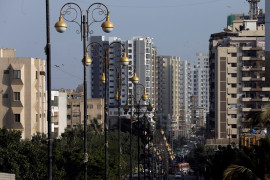
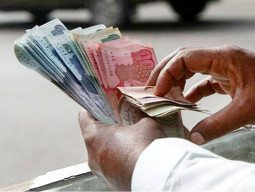
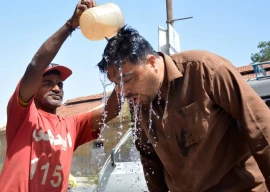

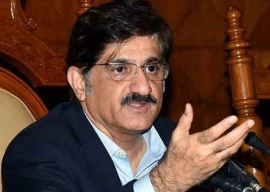

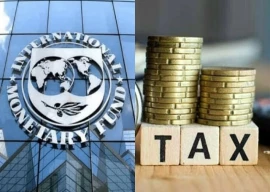
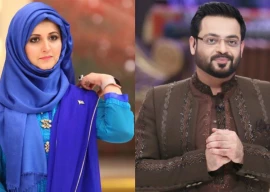
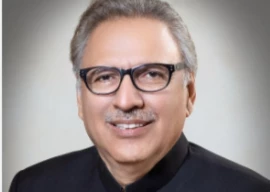
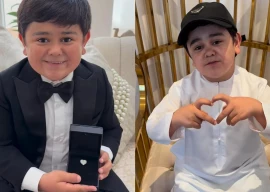
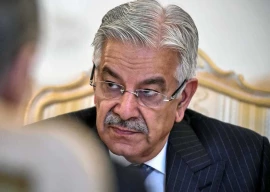
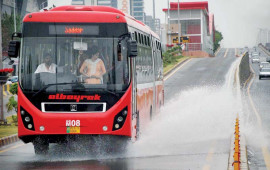

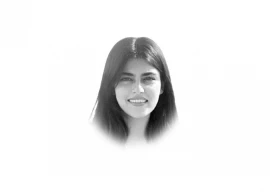

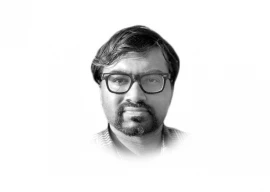


COMMENTS
Comments are moderated and generally will be posted if they are on-topic and not abusive.
For more information, please see our Comments FAQ